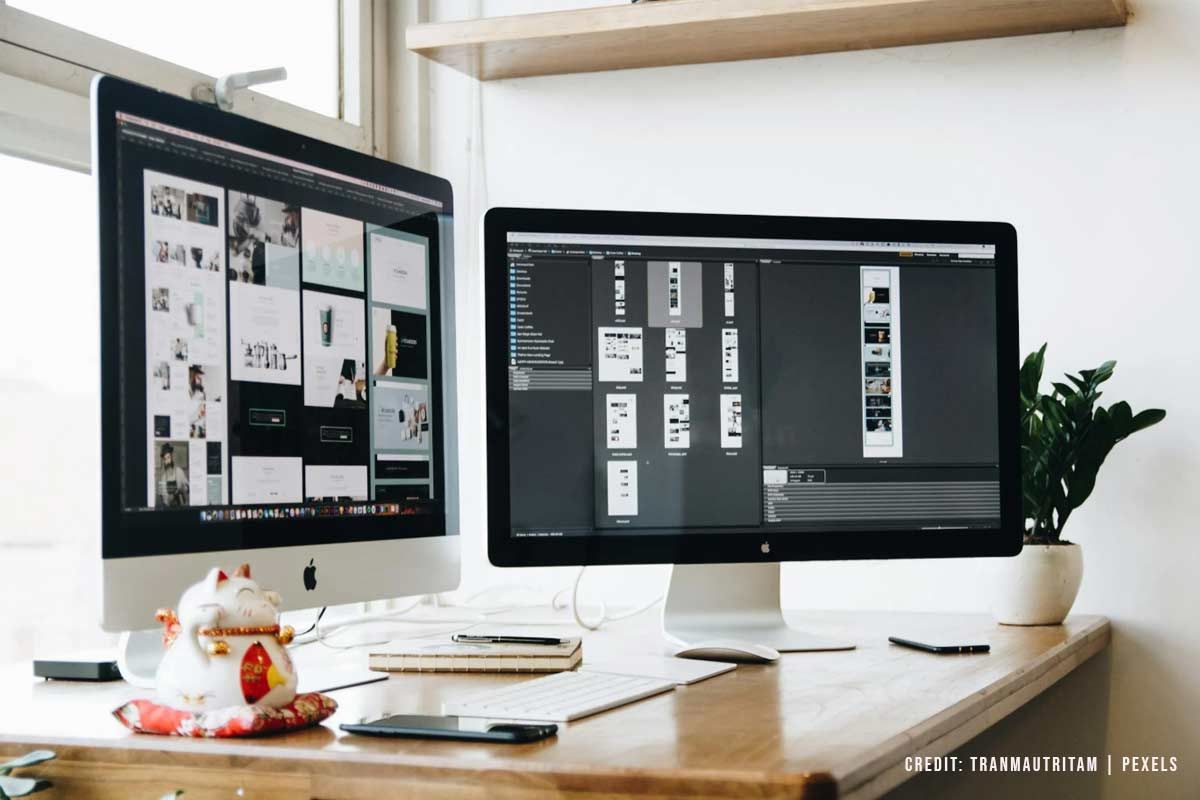Don’t let a lack of immediate capital hold back your career. If you’re ready to invest in your professional toolkit and want to explore your financing options, the expert advisors at Lamina Brokers are ready to help. Call Lamina Brokers today at 1-844-356-5097 to discuss how you can get the funding you need to launch your graphic design business successfully.
The Moonlighting Graphic Designer’s Startup Checklist (and How to Finance Your Essential Tools)
The ultimate dream for many would-be graphic designers is to launch their own startup or freelance business, becoming the master of their own creative destiny. But turning that dream into a profitable reality requires more than just talent. It demands careful planning, strategic investment, and a solid understanding of the business fundamentals.
The wise thing to do is to start up your own graphic design gig, preferably freelance, gig-based, or part-time, while maintaining a full-time daylight job. This will require you figure out your schedule, your commitments, and especially a realistic assessment of the energy you can give to a side hustle.
Even with this safety net in place, where do you start?
Starting out can be overwhelming, especially when considering the initial costs. Where do you start? What do you really need? And how do you pay for it all if your other obligations take up the lion’s share of your full-time paycheck?
This guide will serve as your (moonlighting) startup checklist, covering the essential tools and business foundations you need to launch successfully. We will also explore accessible financing routes for you to acquire your necessary equipment without delay.
Part 1: The Startup Checklist
A successful design business is built on a foundation of professional tools and sound business practices. Here’s a detailed checklist to get you started.
Essential Hardware: Your Creative Arsenal
Your hardware is the engine of your creativity. Investing in quality equipment from the outset will save you time, reduce frustration, and enable you to produce high-calibre work.
- High-performance computer. This is your non-negotiable cornerstone. Whether you choose a desktop or a laptop, prioritize a powerful processor (like an Intel i7/i9 or Apple's M-series chips), ample RAM (a minimum of 16GB, but 32GB is ideal), and a dedicated graphics card. This ensures smooth performance when working with large files and complex software.
- Colour-Accurate monitor. What you see must be what your client gets. An IPS (In-Plane Switching) monitor with high sRGB or Adobe RGB colour gamut coverage is crucial for accurate colour grading and proofing. Consider investing in a colour calibration tool to maintain accuracy over time.
- Graphics tablet. For illustration, photo retouching, and detailed design work, a pressure-sensitive graphics tablet (like those from Wacom or Huion) offers a level of control and precision that a mouse simply cannot match.
- Reliable printer & scanner. While most work is delivered digitally, a quality printer is invaluable for creating physical proofs and marketing materials. A high-resolution scanner is equally important for digitizing sketches, textures, and client-provided physical media.
Critical Software: The Digital Toolkit
The right software translates your vision into a digital product. The industry standard remains the benchmark for professional work.

- Design software suite. Adobe Creative Cloud (Photoshop, Illustrator, InDesign) is the undisputed industry leader and what most clients will expect you to use. However, powerful and more affordable alternatives like Affinity Designer, Photo, and Publisher, or Sketch and Figma (for UI/UX design) are excellent choices.
- Project management software. As you juggle multiple clients and deadlines, a system to keep you organized is vital. Tools like Trello, Asana, or Monday.com help you track project progress, manage tasks, and collaborate with clients.
- Accounting software. Don’t let finances become an afterthought. Software like QuickBooks Self-Employed, FreshBooks, or Wave helps you track income, manage expenses, and simplify invoicing and tax preparation from day one.
Business & Legal Foundation: Building a Professional Framework
Treat your freelance career as a legitimate business from the very beginning.
- Business plan. A simple business plan will be your roadmap. Outline your target market, services offered, pricing structure, and financial projections.
- Business registration. Register your business name and decide on a structure (sole proprietorship is common for freelancers). This legitimizes your operation and is necessary for opening a business bank account.
- Client contract. Never start work without a signed contract. A solid contract should detail the project scope, timeline, deliverables, payment schedule, and revision rounds. Use templates from reputable sources and consider having a lawyer review them.
- Professional portfolio. Your portfolio is your single most important marketing tool. Create a professional website to showcase your best work. Platforms like Behance and Dribbble are also essential for gaining visibility within the design community.
Part 2: How to Finance Your Essential Tools
Seeing the list above can be daunting. A top-tier computer, monitor, and software subscription can easily run into thousands of dollars—money you may not have readily available. While saving up is the traditional route, it can significantly delay the launch of your business and your ability to start earning. In a competitive market, speed is an advantage. Fortunately, modern financial solutions can bridge this gap, empowering you to get the tools you need right now.
When essential equipment fails or an opportunity arises that requires an immediate upgrade, waiting is not an option. Our
online payday loans (within Ontario) can offer a swift solution to bridge the financial divide and keep projects on track. These financial tools are designed for short-term needs, providing immediate access to funds so you can purchase a critical piece of hardware and meet your client deadlines without interruption.

It’s also wise to equip yourself with solid online money-borrowing tips to ensure you’re making the best decision for your unique situation. Understanding the terms, repayment schedules, and how the loan fits into your business plan are key steps to borrowing responsibly and effectively.
Plus, our easy online loan applications allow you to secure the necessary funds from the comfort of your home without the lengthy paperwork and delays associated with traditional banking.
This efficiency is invaluable for a startup founder whose most precious commodity is time. If you secure funds quickly, you can purchase your essential tools and start onboarding clients and generating income sooner.





